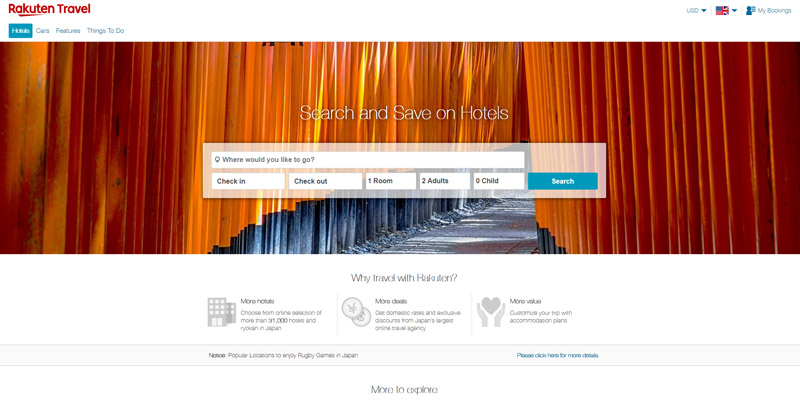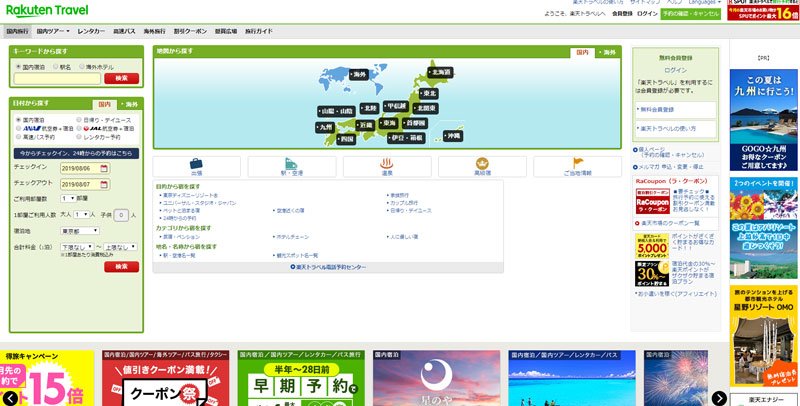Japanese consumers are special.
The last few years have seen consumer trends change in Japan. People are not spending money the way they used, which is most obvious with the younger generations. And this piece of information is critical for any corporation that has any hopes of entering the Japanese market with success. More specifically, corporations have to take note of the generation gap that speaks directly to consumer spending.
The truth is that Japanese customers have a deep appreciation for physical and established businesses. But it gets more complex the deeper you go, hence the reason for understanding these 5 important factors for better odds of success.
1. Adapt What You Think You Know About Japanese Consumers
For so long, several fundamentals have been associated with Japanese purchasing trends. For instance, it was generally accepted that consumers buy domestic, and they don't overspend when it comes to luxuries inside the home. It was also a well-known assumption that they have no problem paying if the product is high-quality. But these reliable assumptions are not as relevant or even as accurate anymore.

Thanks to different influences and economic changes, spending habits do not reflect the truths mentioned above. Instead, Japanese consumers are becoming more conscious of the price points. They have also shown more interest in discount stores. A good example would be the increased business for corporations like Wal-Mart and McDonald's.
In an attempt to not waste money, consumers are spending more time browsing and considering their options. Now they will even go the extra mile, regardless of how challenging it might be, to find a better deal. They will even shop online if they don't have competitive shopping malls around. And finally, Japanese consumers are saving money by not going out as much anymore, while they spend more on luxuries at home.
2. The Changing Demographics
It is worth taking note of the huge generation gap concerning Japanese consumers. The older generations take traditions very seriously, while the younger generation avoids marriage and prefers spending time online. This is valuable information for a growing business in Japan and the marketing campaign should be geared accordingly.
More importantly, take note of the generation you'll be targeting. Because the media and channels you use to get to your audience need to be appropriate. Otherwise, you are throwing money in the water.
3. Newspapers Are Still A Thing

It is not surprising that Japan is home to 3 of the 5 biggest news publications in the world. And it's because senior citizens love to read physical books and newspapers. There is a deep respect for the old-school way news gets printed, and the fact that 95% of the newspaper is delivered in an old-school fashion only supports this statement.
At the same time, the younger generations are reading news headlines online and through streaming video. So, if you are focused on the senior consumer market, it is wise to still use newspapers for exposure. If you are focused on the younger generations, start an upbeat and energetic blog.
4. Always Try To Network
It is crucial that you learn about Japanese culture before you launch any type of campaign. And a very good way to do this is by getting to know local professionals. Writers, designers, translators, these are people that can share valuable knowledge about what consumers are looking for.
NB: Of course, you can also contact us to find the best designers, translators or even publishers!
They will also be up to date with the latest trends, which can be difficult for an outsider to spot. And once you have some good local connections, you can look into affiliate marketing options for extra targeted exposure.
5. Design A Targeted Website
In order to gain respect from your Japanese consumers, it is important to learn about their culture. In other words, directly translated English is not going to do the trick. Instead, use the connections you made and put together a team to help you design a targeted website.


The reality is that marketing takes on a very different shape once you step into a country like Japan, even if you are talking about something as basic as a blog. The same rules do no apply for marketing in America and Europa, which is why you shouldn't be scared to post long articles. These are people that love reading, and the more you can give them, the better.
Everything from the characters you use to the tone and atmosphere of the blog should cater to your Japenese audience. Otherwise, they are not going to take you seriously and they won't put any trust in your campaign.



